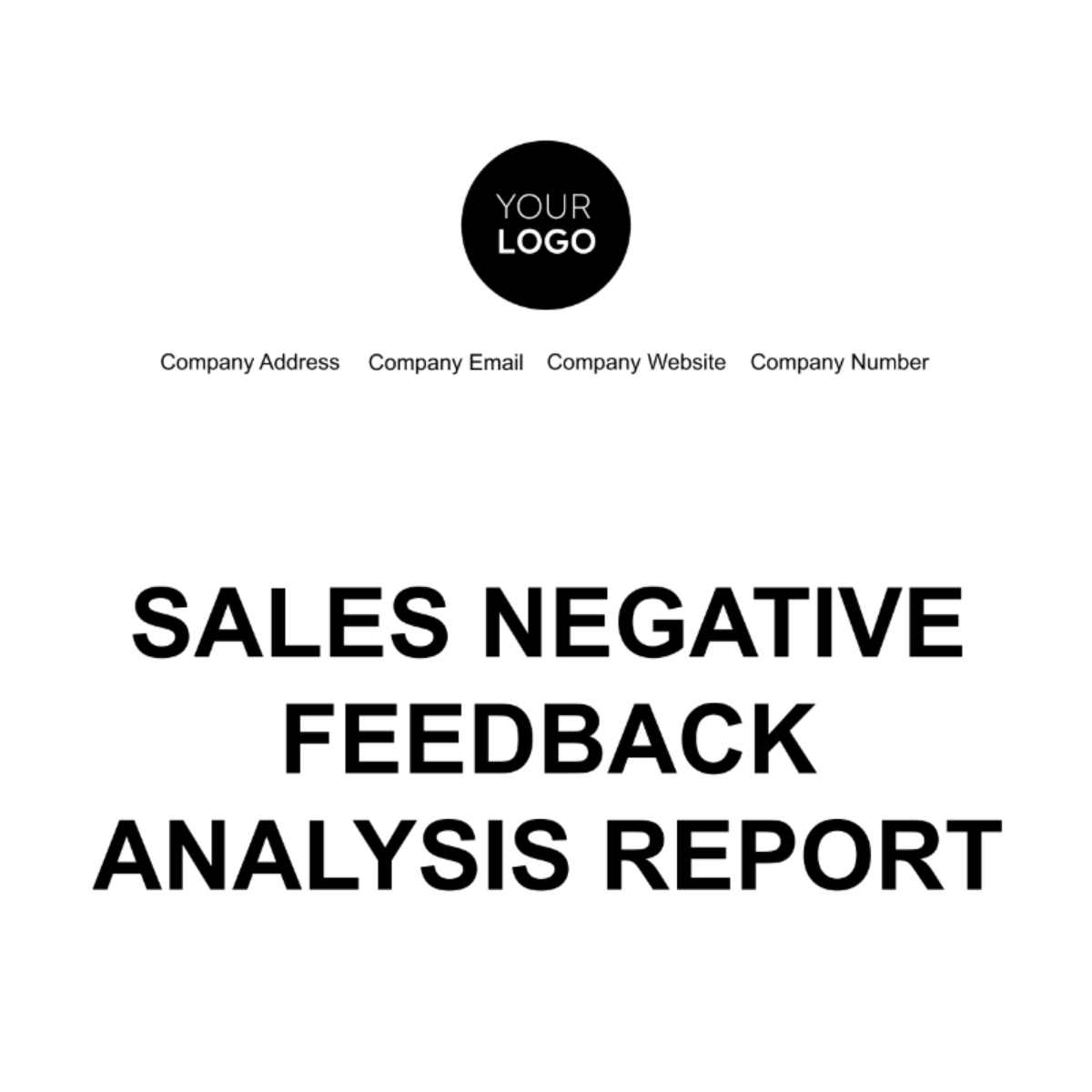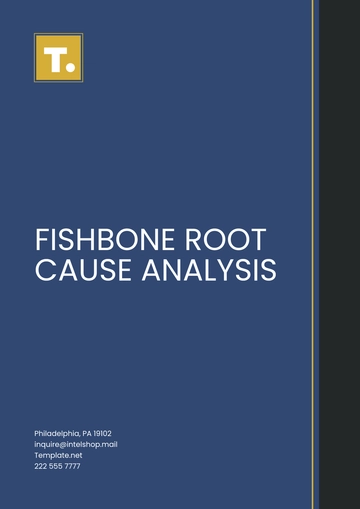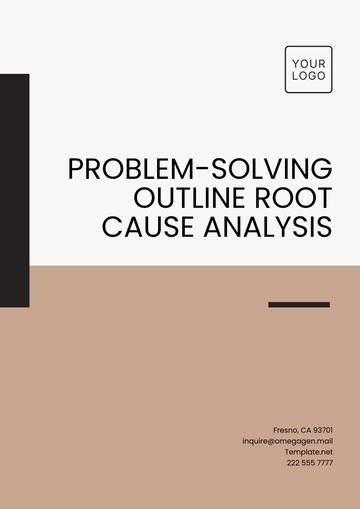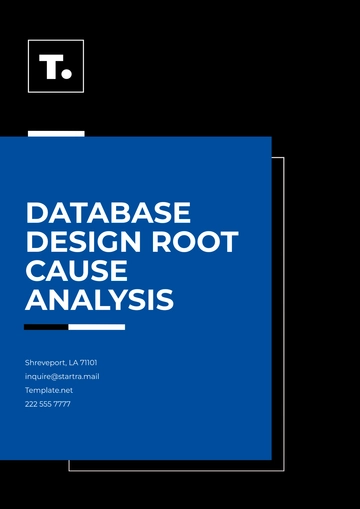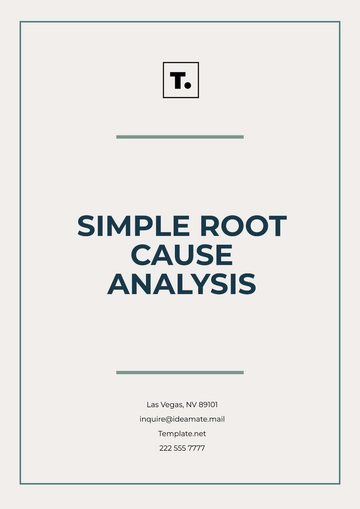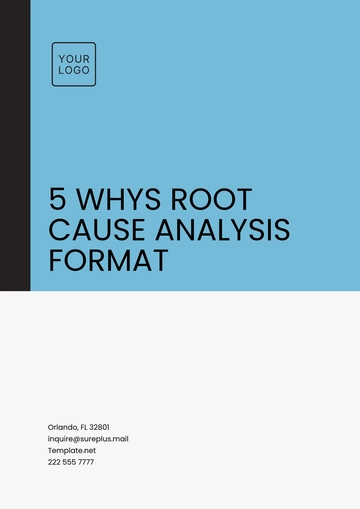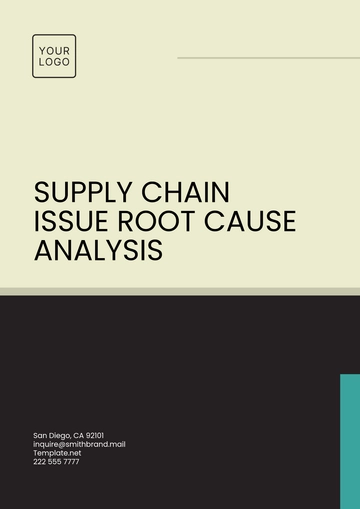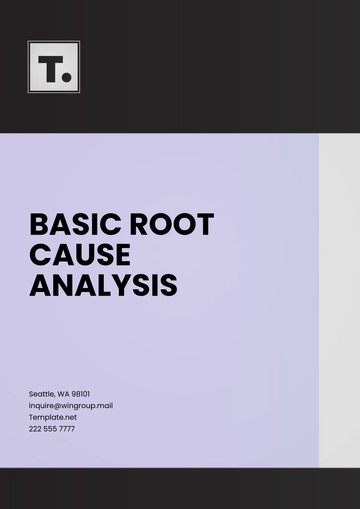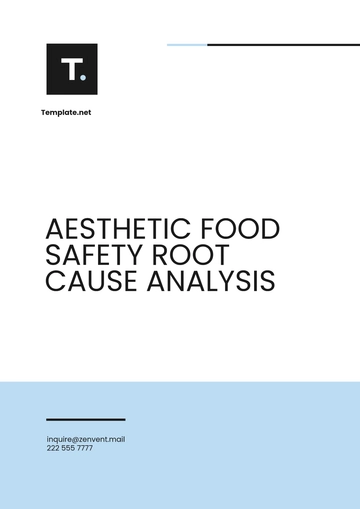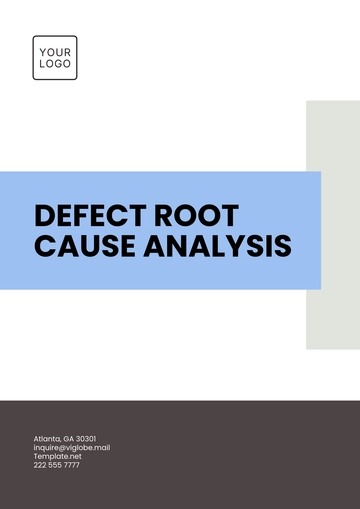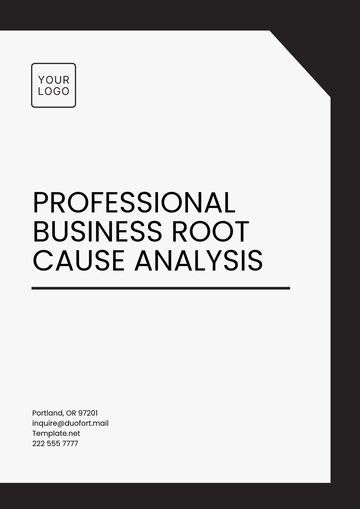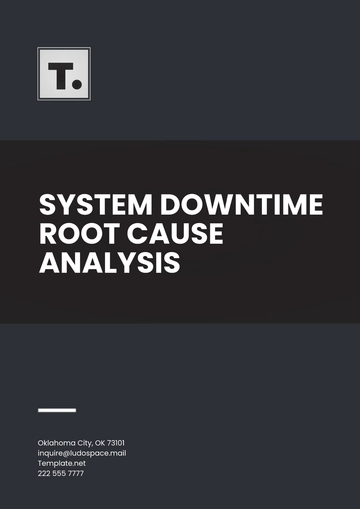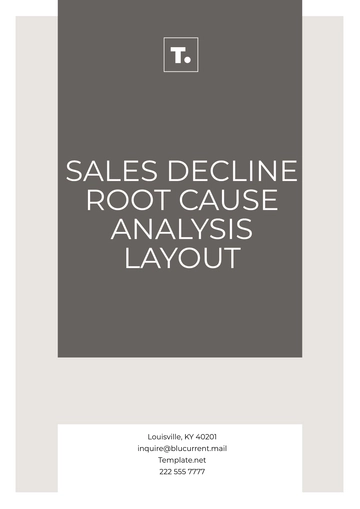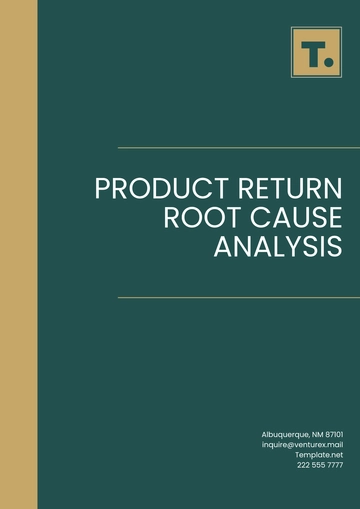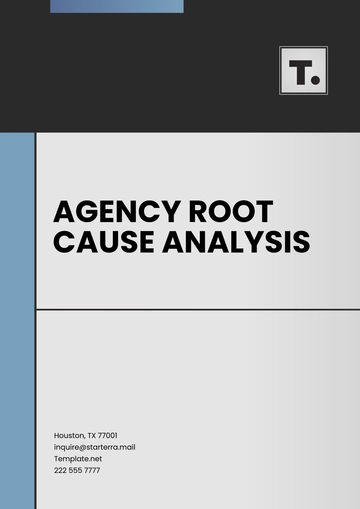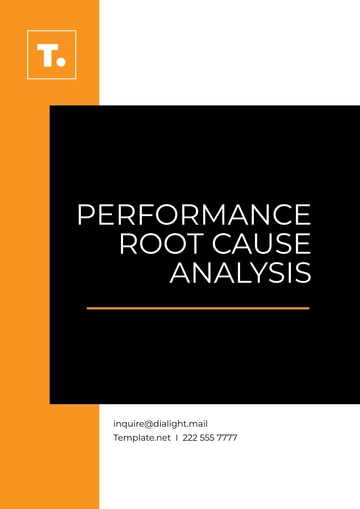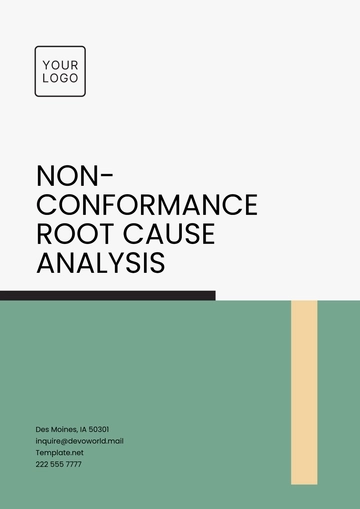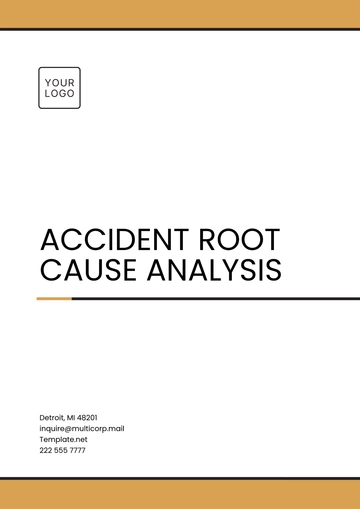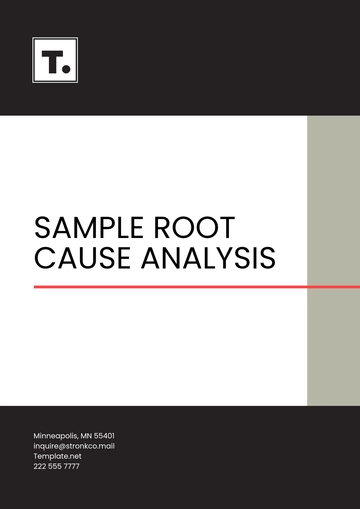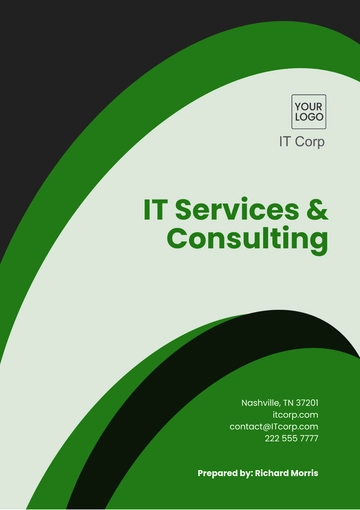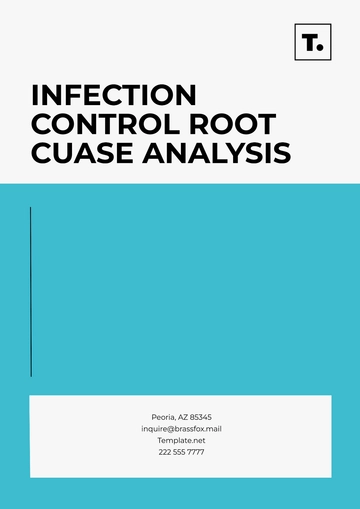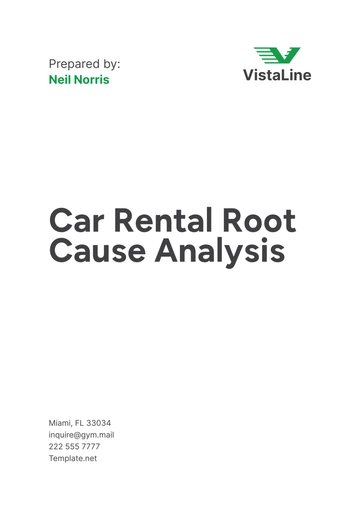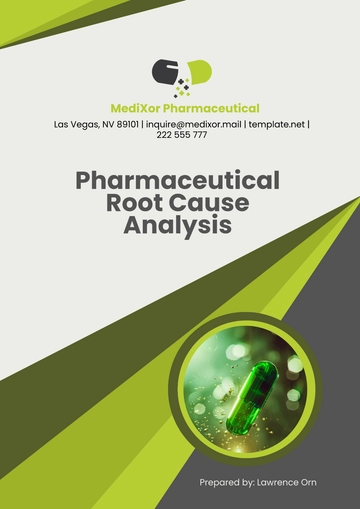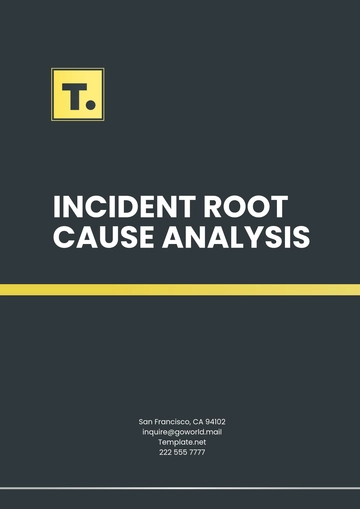Executive Summary
This detailed report scrutinizes the negative feedback on sales operations at [Your Company Name] during the [first half] of [2050]. The objective is to meticulously identify core areas of customer dissatisfaction, dissect the causes, and forge strategic measures to enhance our future sales tactics.
A significant trend observed is the dip in customer satisfaction scores, which correlates with internal challenges and evolving market pressures. Insights gained through this analysis are crucial for driving our commitment to excellence and customer contentment.
Introduction
At [Your Company Name], we pride ourselves on fostering positive customer experiences and driving successful sales initiatives. However, we acknowledge that a recent influx of negative customer feedback points to critical pain points that need addressing.
This report is crafted to delve into such feedback, dissecting both overt complaints and underlying sentiments, to bolster our market position and customer service excellence. Our salesforce is the frontline of our business, and understanding where they fall short is imperative for our continued success.
Feedback Collection Process
Data Sources
Customer Surveys: Conducted after service encounters, targeting a diverse customer base to ensure a representative sample.
Social Media: Comprehensive monitoring was executed, scrutinizing both overt customer posts and subtle sentiment shifts across our channels.
Customer Service Logs: A thorough examination of interactions, focusing on recorded calls and email communications, provided a granular view of customer discontent.
The inclusion of multiple data sources ensures a well-rounded view of customer feedback, allowing for a multifaceted analysis of the sales experience from various touchpoints.
Data Analysis Method
Each piece of feedback was carefully classified and analyzed using advanced sentiment analysis tools for qualitative data, while quantitative feedback was subjected to a series of statistical evaluations. This robust analysis method ensured the precision and relevance of the findings presented. By distinguishing between numerical scores and textual comments, the analysis aimed to capture the full spectrum of customer sentiment.
Findings
Customer Satisfaction Ratings
Quarter | Average Rating (Out of 5) | Percentage Change |
|---|
Q1 2050 | 3.2 | — |
| | |
| | |
| | |
A [9.4%] decrease in customer satisfaction from [Q1 to Q2 2050] suggests a notable decline in perceived service quality or product satisfaction.
Major Complaint Categories
Product Knowledge - An alarming majority of the feedback criticized sales representatives for not fully understanding the products they were selling.
Responsiveness - Customers expressed frustration over delayed responses, with a marked difference in expectations and actual experience.
Sales Pressure - A significant segment of the feedback was directed at the high-pressure tactics used by sales personnel, which led to customer discomfort.
Detailed Analysis
Product Knowledge
Feedback revealed that misinformed representatives damaged credibility and led to lost sales, a matter of grave concern for the sales department.
The lapse since the last product training indicates a need for more frequent and updated training sessions to ensure representatives are well-informed.
Responsiveness
The increase in response times has directly impacted customer satisfaction, pointing to a potential understaffing issue or inefficient process workflows.
The industry standard for response times sets a high bar that [Your Company Name] has traditionally met, making the current lag a significant deviation from our standards.
Sales Pressure
Instances of customers feeling pressured to make purchases have tarnished our customer-centric approach, indicating a need to revisit sales tactics.
The uptick in service calls related to sales pressure highlights a disconnect between sales objectives and customer comfort, warranting immediate attention.
Contributing Factors
Internal
Inadequate ongoing training and development programs for sales representatives have contributed to a gap in product knowledge, which is pivotal for customer trust.
The increased workload has led to burnout and inefficiency, affecting not only response times but also the overall quality of customer interactions.
External
Heightened competition has inadvertently encouraged more aggressive sales benchmarks, which may not align with our brand's values or customer expectations.
Seasonal demand variances are not being adequately forecasted or accommodated, leading to mismatches in customer service delivery.
Recommendations
Immediate Actions
Product Knowledge Training: Immediate rollout of a comprehensive training program is essential to equip the sales force with updated product knowledge.
Customer Service Overhaul: A swift response to the increased email and social media response times is necessary, possibly by leveraging a new CRM system for better efficiency.
Sales Strategy Review: It is imperative to recalibrate the sales incentive program to strike a balance between sales volume and customer satisfaction to reinforce our customer-first philosophy.
Long-Term Strategies
Ongoing communication channels between the sales team and the product development team can ensure continuous product knowledge enrichment.
Implementing cutting-edge AI tools for real-time social media engagement can drastically reduce response times and improve customer interaction quality.
Conclusion
Our careful analysis of the negative feedback points to definitive actions that [Your Company Name] must take to not only remedy current issues but also to preempt future challenges. By taking strategic actions in response to this feedback, [Your Company Name] can recover customer trust and strengthen our market position as a customer-focused brand.
Sales Templates @ Template.net
